This is Part 5 of a series we started 3 years ago, and update every 6 months. Part 6 is the latest update – April 2024
For a broader background, you can read Part 4 HERE, Part 3 HERE, Part 2 HERE, and Part 1 HERE.
It’s a great list now, and I don’t know of any other list that features frequently updated reviews of Chardonnays at the best prices.
SHORT INTRO
The peachy, buttery chardies of old seem to be making a comeback, which is promising. We’ve always liked the rich old style chardies, the ones the ABC (Anything But Chardonnay) movement turned its back on, with all the young Turk winemakers producing grapefruit cocktails with struck match overtones, and barely reaching 13% alcohol. Malolactic fermentation, which gives chardies their creamy texture, is out or minimal, crunchy acid and grapefruit are in. What’s wrong with having a choice of both styles, and one in between?
Why is there a debate at all, when there’s a market for different styles. Wine snobs telling us what we should like? Sure, some of the cheap chardies from the turn of the millennium were caricatures of the real thing, but the swing to lean and mean went over the top and punters got really confused. That’s how Sauvignon Blanc become a popular refuge for them.
Australia is a big country, with room for every style of wine, so let’s take full advantage of that. I’ve had Tyrrell’s chardies in recent years that were trying really hard to look like cool climate wines. Even the old Scarborough label went that way in recent years … why don’t our winemakers use the natural assets of our vast terroir, and get their heads around the big market for old style chardies? You wouldn’t believe how many requests I get from my subscribers for good wines of this style.
So we’ve included a few mow in this update, but be warned: they’re a mixed bag.
Fat Bastard Chardonnay 2019 – $14 at Nicks. A winner with the punters for sure – it’s the best-selling chardy at Nicks for the last 5 years, they tell us. Not surprising since the charms are pretty obvious here, too much so for me, and the caramel oak is laid on too thick, but who am I to blow against the wind? A bit sweet for my liking too, so be warned: not everything that’s popular is good. 93 points from the guys at Nicks. 88 from me.
Deep Woods Estate Chardonnay 2022 – $16 at Vintage Cellars. Stone fruits and grilled nuts, a soft rendition of Margaret River chardy from a winery that‘s built quite a reputation for its chardies. It’s one of those wines that sneaks up on you, softly, softly – you look at the empty glass and wonder where it went. Good value. 93 points.
Robert Mondavi Buttery Chardonnay 2021 – $18 at WSD. It’s good to see that some wineries have listened to the people and decided to produce this style loved by so many of us. This example is a touch obvious in the execution, mind you. Blunt even. The butter is spread a bit too thick, as is the vanilla custard, and the oak reminds me of a 4 x 2.
OK, I’m being picky here – the wine costs $20, and the elements will most likely integrate some more with another year or two in the cellar. In the meantime, make sure to drink it with rich food such as baked mac and cheese or Chicken Stroganoff. 91+ points.
Mondavi Bourban Barrel Aged Chardonnay 2021 – $19 at WSD. Buttery and peachy with some toasty vanilla oak. A touch more subtle than the Buttery version, but still rich and ripe, peachy and full-bodied. Hints of butterscotch and toasty vanillin oak. The creamy texture adds to the wine’s appeal. Drink over the next 2-3 years. 93 points.
Wickhams Road Gippsland Chardonnay 2022 – $19 at WSD. A much more subtle style of chardy. It’s a little riper and richer than usual after a warm vintage, even a touch creamy, but still Chablis in style. 93 points.
Petaluma Adelaide Hills Chardonnay 2022 – $20 at Wine Sellers Direct. Modern style, clean, fresh and energetic. White stone fruits and a squirt of grapefruit dominate, with oak taking a back seat. Soft and silky in the mouth; good length and fine balance, no struck match nonsense. Drink over the next couple of years. 93 points.
Pedestal Margaret River Chardonnay 2022 – $20 at Nicks. One of Larry Cherubino’s many labels. It shows the finesse Larry brings to all his wines, along with stone fruits, gentle oak and hints of struck matches. Medium-bodied but full flavoured, with great line and length. 94 points.
Dog Ridge Butterfingers Chardonnay 2021 – $20 at Our Cellar. This wine doesn’t fulfill the promise on its label, which talks about a big, bold Chardonnay style. And the reviews I checked suggest a peachy, oaky wine dripping with butter; the reality is quite different.
Butter and oak are quite subdued, and it is the lovely fruit that’s doing most of the talking – white peaches and apricots, a touch of vanilla from the oak, good mid-palate weight, medium-bodied (14%), fresh and crisp, supported by a clean line of acid. 94+ points. Good drinking now, but should fill out a little more over a year or two.
Kumeu Village Chardonnay 2022 -$23 at Different Drop. A pristine, fresh, energetic chardy form this great winery, up there with the Estate in terms of quality, at half the price. Seriously. classy, stylish and elegant, it glides across the tongue with a gentle touch, offering white peaches and cashews. Oak takes a backseat. You get a lot of polish for your money here, and perfect pitch. Brilliant style, reminded me of good Mornington Peninsula chardies and Chablis. Now showing the slightest hints of maturity, but it’ll be good for another year or so. 94 Points.
Beechworth Wine Estates Chardonnay 2021 – $25 at WSD. Chardies from this area tend to be expensive, a trend led by Giaconda. This one shares the babbling brook squeaky cleanness and minerality at a more appealing price point. 94 points.
Oakridge Yarra Valley Chardonnay 2022 – $25 at Nicks. Some struck match funk but not overdone, some citrus notes keeping the peaches in check, and roasted nuts in the background. Good depth of flavour here, and good length leading to a dry finish. 94 points. Stylish chardy for the asking price.
Isabel Estate Chardonnay 2021 – $25 – $30 at DM’s (a regular member special). Buying the winery was a smart move by Dan Murphy’s – these are quality chardies at attractive prices. They tend to start life with fairly obvious oak (which integrates over time), but this vintage has produced a more fruit-forward style, rich, ripe and seductive. 95 points.
Creamery Chardonnay 2020 – $25 at Our Cellar. Made by O’Neill Vintners, who make ripe Chardonnays from grapes grown in California – Monterey, Paso Robles and Clarksburg. It’s 100% barrel fermented, 100% malolactic fermentation, and spends seven months in American and French oak. It’s good, rich drinking now,without going OTT, and will fill out with another year or so; I wouldn’t keep it much beyond that. 94 points.
Rosily Margaret River Chardonnay 2022 – $27 at Winesquare. 2022 was a warm, dry vintage, and the wine reflects that with richer and riper fruit, with oak to match. A lovely rich, round mouthful. 94+ points.
Kooyong Clonale Chardonnay – $29 at Auscellardoor or $28 at Jim’s. This was a hot favourite a few years back when it sold for less than $20. The tightly-wound, energetic and elegant style has not changed a lot since, but the price sure has. 95 points
Garagiste Le Stagiaire Chardonnay 2022 – $30 at Nicks. Barnaby Flanders is a pinot noir and chardonnay tragic, they tell us. He travelled the world and fell in love with the wines of Burgundy. In 2006 he founded Garagiste Wines on the Mornington Peninsula, where he makes small batch premium Pinot Noir and Chardonnay. This is Garagiste’s value leader. The fruit was whole-bunch pressed directly to 500-litre puncheons and spent 8 months on lees to build richness. The style is fine-boned and pure, fresh and zesty, fruit-driven with citrus overtones. Oak doesn’t play and obvious role. 93 points.
Neudorf Tiritiri Chardonnay 2020 – $30 at Winesquare. From Nelson on the south island of NZ, from a top vintage. A faint whiff of struck matches leads to an elegant chardy of some complexity. It spent 10 months on lees with monthly battonage (stirring), then went through malolactic fermentation. Peaches, ripe apples, a squirt of grapefruit and a pinch of gravel dust. Chalky texture and a fine line of acid complete the picture. Subtle and elegant. Delicious chardy, 3 years old but has more in the tank. 94+ points.
Craggy Range Kidnapper’s Chardonnay 2021 – $30 at Our Cellar. Named the No. 1 winery in New Zealand by the Real Review in 2023. Bob Campbell’s review led me to expect a Kiwi version of Chablis, but instead I found a compact, round, smooth chardy serving nectarines and melons that lacks a fine line of acid guiding it toward its conclusion. It fell a bit short as a result. 93 points.
Scorpo Aubaine Chardonnay 2022 – $31 at The Vine Press. Aubaine is an historic Burgundian synonym for chardonnay and means amongst other things, good fortune. This a great intro to classy Mornington Penisula Chardonnay. White peaches and melons do the talking, backed by nutty oak and a touch of struck match. Good depth of flavour, and ready to drink. 94 points.
Scotchmans Hill Chardonnay Bellarine Peninsula 2021 – $32.50 at Winesquare. Haven’t tried this vintage but these guys have a great track record for chardies. Here’s is JH’s take: ‘Clones P58, I10V1, I10V3, I10V5, 76 and 95; whole-bunch pressed to barrel, wild-yeast fermentation, lees stirred monthly, matured in new and used French barriques for 12 months. A mouth-filling, rich and creamy palate is striking, but does allow grapefruit to make a limited appearance on the complex, satisfying finish. 95 points, Special Value.’
Tarrawarra Estate South Block Chardonnay 2021 – $33 at Nick’s. A departure from the usual Dresden China style this vintage. Nick’s review at the link is spot on. 96 points.
Merricks Estate Chardonnay 2021 – $34 at Summer Hill Wine. This wine from the Mornington Peninsula is made from 2 batches picked 10 days apart. Both went through the malolactic, and the result is a wine that offers white peaches and cashews and a rich, creamy palate yet retains its natural cool climate freshness. Purity and precision here, classic Mornington Peninsula chardy. 96 points.
Dappled Appellation Chardonnay 2022 – $35 at Nicks. Shaun Crinion burst on the scene a couple of years ago, as they say – he had been pretty quiet before James Halliday discovered him and named his small operation the top new winery of the year. The story is that he went surfing in California about 20 years ago, ran out of money and ended up working for his uncle who was a winemaker over there. He caught the bug and ended up travelling the world, working in various wineries.
Shaun’s 2019 Chardonnay was a perfect example of modern Yarra Valley Chardonnay, a masterpiece of energy and tension; he didn’t make a lot of wine in 2020, and it was gone in a flash. The 2021 was a little too uptight for my liking, but the 2022 is a riper, richer customer. The white peach fruit is gorgeous, and the oak lavish, and the wine has instant appeal. What is missing is the energy and tension that made the 2019 so exciting. 94 points.
Montalto Pennon Hill Chardonnay 2022 – $33.50 at Wine Square. A blend of fruit from Montalto’s Tuerong and Red Hill sites, whole bunch pressed to French oak barriques and puncheons (23% new), wild fermented and stored on lees for 9 months. It went through full malolactic fermentation. White peaches and nectarines backed by cashews from the gentle oak. More intensity and mid-palate depth then I remember from past examples; the creamy texture leads to a long, fine acid finish. A class act. 95 points.
Evans & Tate Single Vineyard Chardonnay 2019 – $35 at the winery (Fogarty Wine Group), or $31 if you become a member. I don’t know this wine, which has won 10 gold medals at Australian shows to date. Tony Jordan calls it ‘a deceptively epic wine—deceptive in that it is around cheap for quality Chardonnay, and yet provides a drinking experience far beyond its price point. This is complex, textural and concentrated, with layers of exotic spice, grilled peach and preserved lemon, all of it laced together with briney acidity. It is awesome.’
After that review, I expected a higher point score than 94.
Collector Tiger Tiger Chardonnay 2021 – $37 at MyCellars, where the freight is free for subscribers to Best Wines on any quantity (promo code BWU20) . Made from Tumbarumba grapes grown at 700 m above sea level by Alex McKay who prides himself on the ‘purity of regional expression and varietal definition’ of his wines. He set up Collector Wines back in 2005 and has built quite a reputation for his Chardonays. Check the story here.
This is cool climate chardy of great intensity, offering stone fruits and grapefruit, maybe a couple of struck matches too many, but the flintiness adds complexity. Oak does not intrude. Great example of the style. 95 points.
Freycinet Chardonnay 2020 – $40 at Winestar. We have to have a Tassie chardy in the line-up. I’ve seen stunning Rieslings from this winery but not their Chardonnays. Huon Hooke’s review starts with ‘a bitter orange-peel, lemon pith, cumquat and nougat range of aromas and flavours. It’s quite unusual but attractive, the palate intense and full, rounded and ample, with a distinct trace of bitterness that helps cleanse the follow-through. The tannins will help it stand up to flavoursome food. Long carry. A generous style of chardonnay, and really classy. 13.5%. 96 Points.
Santolin Gladysdale Chardonnay 2019 – $40 at Nicks. Matured in French oak (30% new) on lees for 10 months. A textbook Yarra Valley Chardonnay made in tiny quantities. Touch of burnt match here, not overdone, white stone fruits and polished oak at the centre, the creamy texture stands out, the wine crackles with energy, and strikes the balance between fruit and oak to perfection. 4 years old and still fresh, a lovely wine. 96 points.
Dog Point Marlborough Chardonnay 2020 – $42 at Summer Hill Wine. ‘Dog Point owns New Zealand’s largest organic vineyard,’ Bob Campbell tells us. ‘It has a proven record of producing good wines in challenging vintages and superlative wines in favourable years. 2020 was such a year.’
I haven’t tried this vintage so I’ll let Bob continue: ‘Intense, mouth-watering chardonnay with lime, pineapple, oyster shell/mineral, hazelnut and subtle spicy oak flavours. A delicious high-energy wine in a rather Chablis-esque style, with purity and power. 96 points.
Trinity Hill Gimblett Gravels Chardonnay 2020 – $42 at Winesquare. For once, the judges git it right. International Wine Challenge 2022 – 3 Trophies, including New Zealand’s first International Chardonnay Trophy (97 points). What a great chardy, touch of gunflint, rich and ripe peachy fruit backed by some nutty oak, followed by a creamy palate, all fully integrated in a medium-bodied package of perfect pitch. 97 points.
Kumeu River Estate Chardonnay 2021 – $43 at Kemenys. This wine didn’t grab me like the 2020 did, but Gary Walsh at The Wine Front gives it a great rap: ‘So graceful and composed, and lovely to drink. White peach, pink grapefruit, almond and spiced biscuit, subtle mint/cucumber and floral perfume. It’s glossy and silky in texture, but bright and fresh, with a twist of lemon zest and green olive, a subtle flinty texture, and a long cool finish. Light and breezy too, delicate even, though not without flavour and intensity. 94 points.’ I expected a higher score after that amount of poetry.
Yabby Lake Single Vineyard Chardonnay 2022 – $45 at World Wine. Tom Carson has built a great reputation for his Chardonnays and Pinots Noir. I haven’t tried this vintage, but Jane Faukner from the Wine Companion has and says ‘this is an exceptional wine. A perfect amalgam of stone fruit and citrus, zest and spice, savoury oak and cedar, mouth-watering acidity and creamy lees. A delicious wine. Get it while you can. 96 Points & Special Value Star.
Shaw & Smith M3 Chardonnay 2022 – $50 at MyCellars where the freight is free for subscribers. The M3 is textbook modern Aus chardy. It almost crackles with electricity, there’s so much intensity. Power and finesse sit side by side, with a hint of citrus and a touch of cream in the texture; a faint whiff of struck matches as well. Everything fits neatly together already but will be better with a couple more years under its belt. 95+ points. The price keep srising so it’s no longer the same value it once was.
Domaine Naturaliste Artus Chardonnay 2021 – $52 at Summer Hill Wine. This chardy made by Bruce Dukes at Margaret River manages to unite diverse characters into an exciting wine. There’s the opulence and creamy texture that malolactic fermentation produces, backed by spicy, toasty oak. Yet it doesn’t lack a certain finesse, a touch of mineral elegance, and a fine line of acid keep it all neat and tidy. 96+ points. Will improve for a couple of years at least.


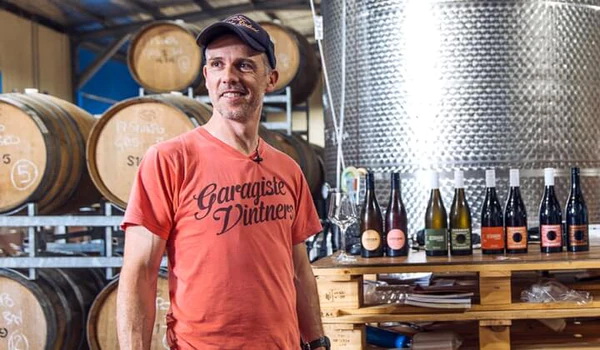
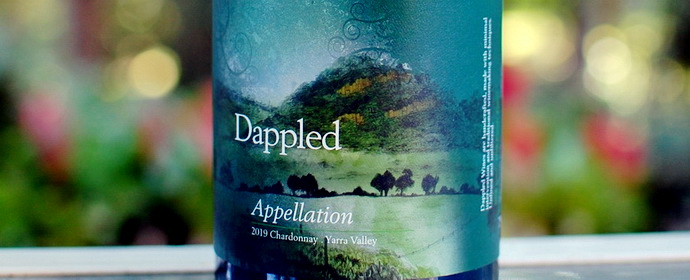
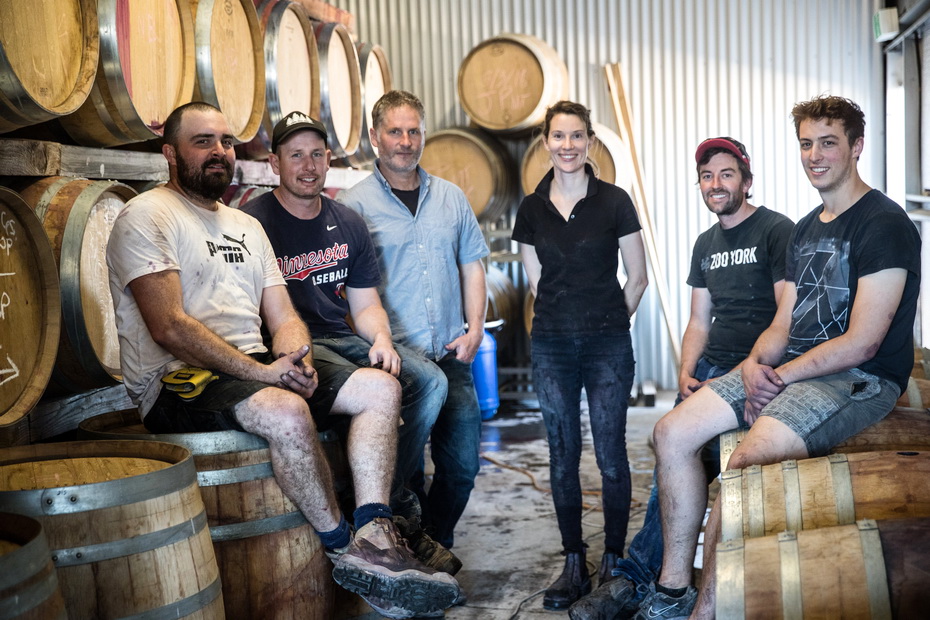
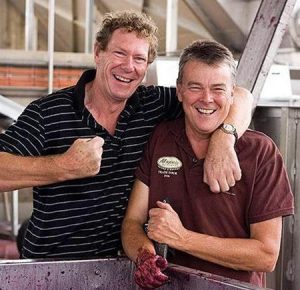
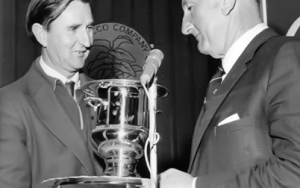
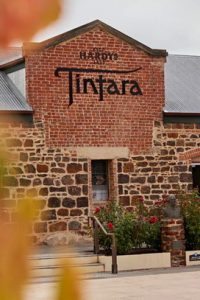
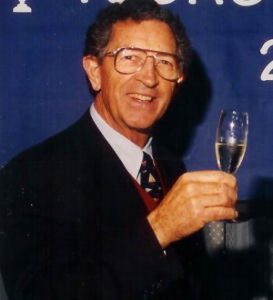

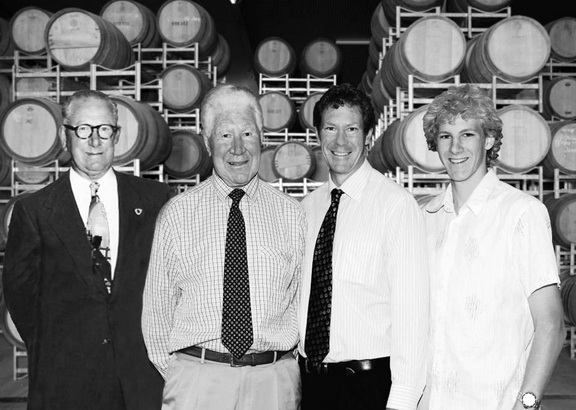
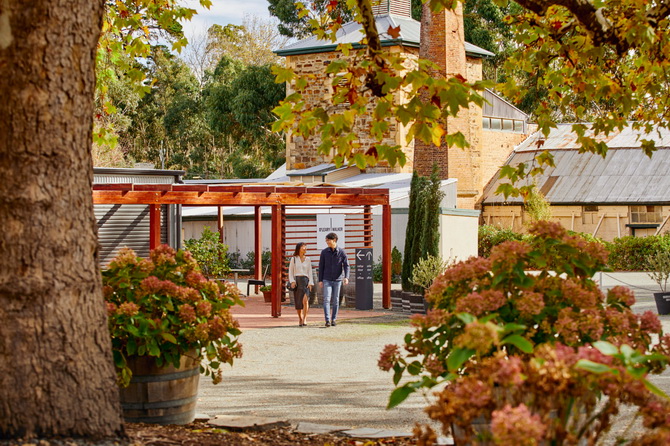
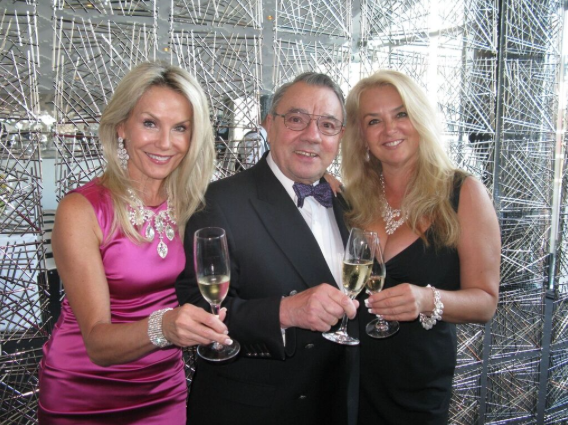
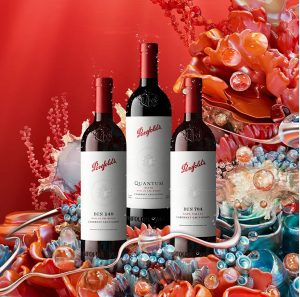
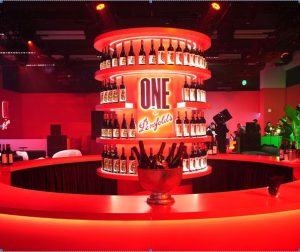
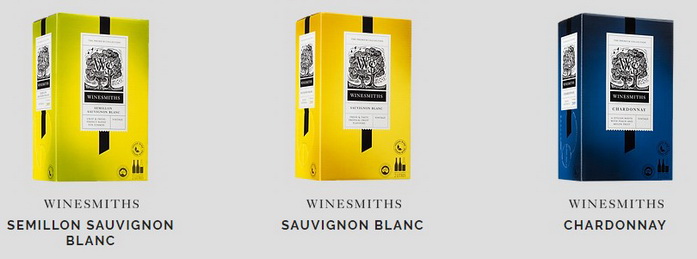

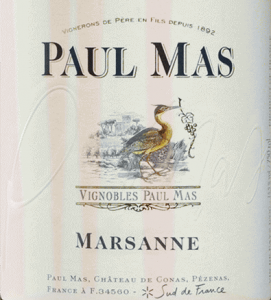

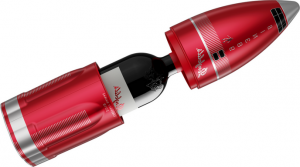
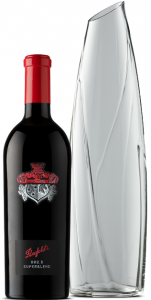



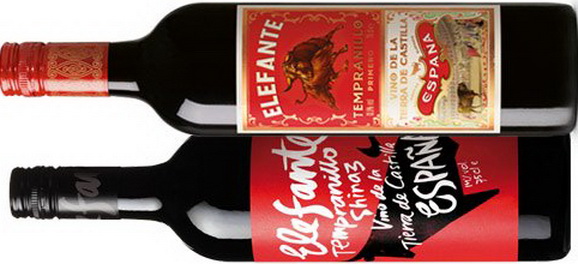


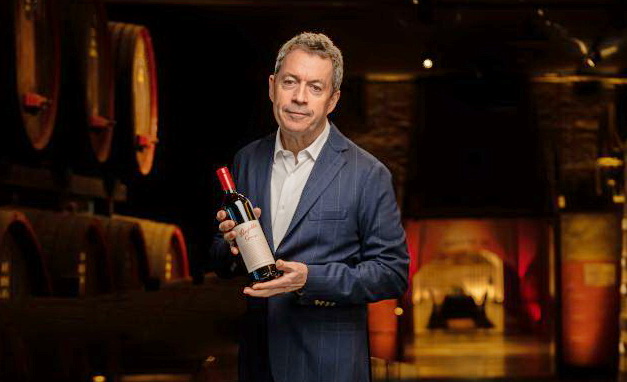

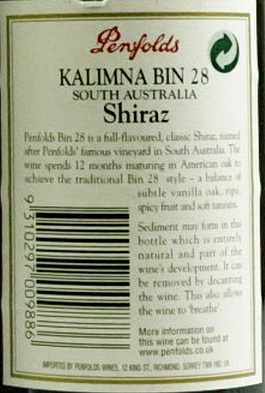
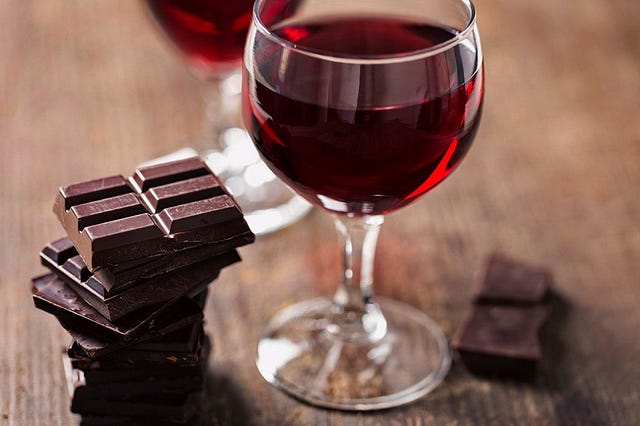 Source:
Source: